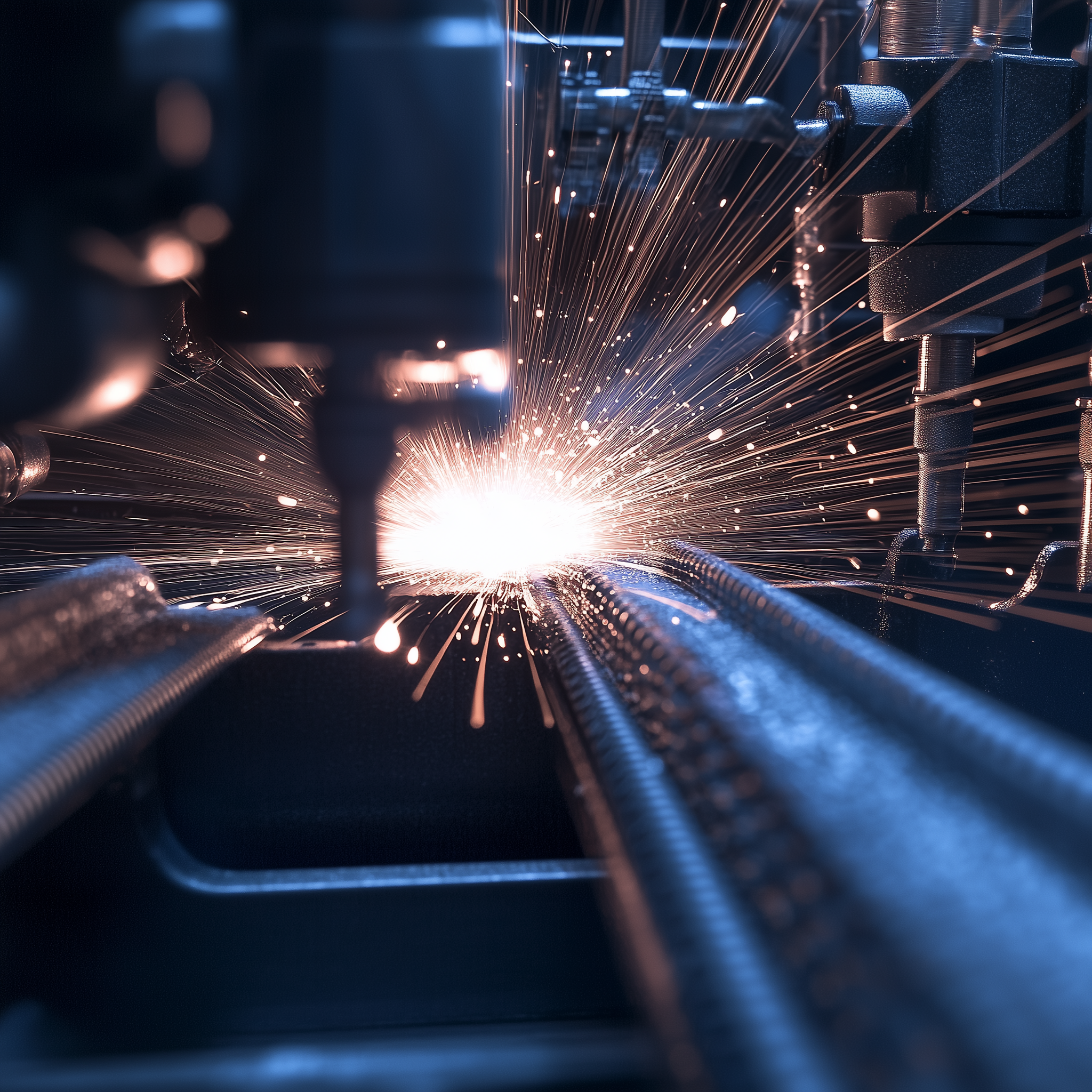Ancient as metallurgy itself, extremely resistant to corrosion and with a wide variety of industrial applications precious metals have accompanied mankind through its progress and evolution.
Due to the possibility to manufacture very fine grained and nano-crystalline alloys of high purity metals and alloys, EPoS’ technology, can drastically improve the scratch proof ability and hardness of precious alloys, without additional surface treatments or with a reduction in alloying elements, making precious alloys even more precious.
- Watch Bezels
- Balance wheels
- Watch Gears
- Blanks for jewelry and watchmaking
- Rings
- Electrical contacts/switches
- Composites for thermal management
- Special tools/electrodes
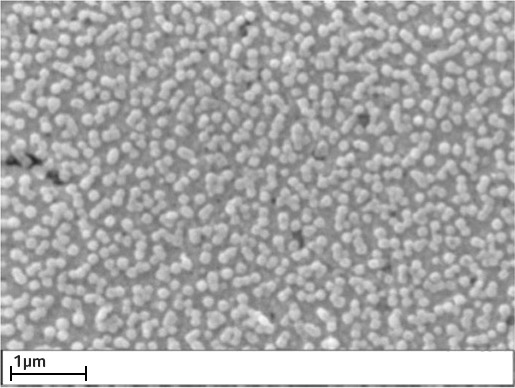
Hardnesses of over 280 HV have been obtained in 18K3N gold, high resolution SEM images on the left of sub-micron precipitates in nano-crystalline gold sintered by EPoS without heat treatment or addition of alloying elements.
Diamond super abrasives are one of the most demanding applications as far as versatility, robustness, quality and speed of cut are involved.
With EPoS’ sintering technology high quality and high speed disks for granite (D54M00X) and marble (D33L00X) have been developed and produced with the advantage of flexibility, speed and low production costs. Molds and plungers with a large time-life have been optimized through series of thousands of sintered parts.
Applications:
- Examples of speeds of disks on state of the art frame saws:
- D54M001 400 mm disk on Red Indian Quartzite: 550 cm^2/min
- D54M001 400 mm disk on class IV Sardinian Rose granite: 980 cm^2/min
- D33M004 500 mm disk on Marmo Bianco Carrara: 810 cm^2/min
- D33M004 500 mm disk on Travertine: 820 cm^2/min
Rare earth permanent magnets (RPMs) have revolutionized the performances and design of electric engines, alternators, hard disks and audio devices in the last 20 years through the progressive increase in the energy product allowing a sensible reduction of the size of magnets and an increase in their properties.
By combining EPoS’ electro-sinter-forging to commercial Nd-Fe-B melt spun ribbons magnet production becomes easy, lean, fast and low cost. Isotropic cylinders, rings, blocks and cubes can be produced directly with a single shot ESF whereas anisotropic shapes required a two step ESF:
sintering+deformation/upsetting.
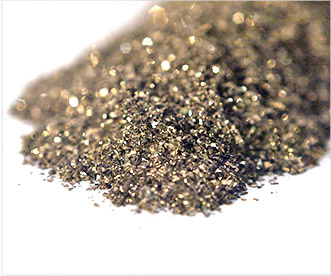
Known for their exceptional combination of hardness and toughness hard metal, widia or simply WC-Co is a material in continuous growth and expansion in many areas of industry: from cutting tools to recreational, from wear components to plungers and dies.
Next to traditional hard metal compositions in EPoS we have developed and are patenting new compositions of cemented carbides with an innovative iron base metal matrix.
Areas of application:
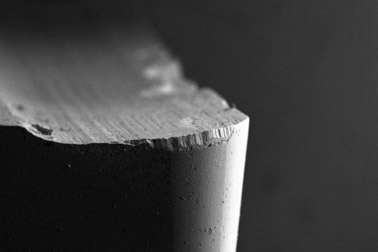
Flank wear in electro-sinter-forged hard metal cutting tool.
Used for thousands of years for its exceptional malleability, castability and corrosion resistance, copper and its alloys are easily processed with ESF. Thanks to a wide variety of commercial powders available with a large spectrum of particle sizes and compositions, electro-sinter-forged copper alloys and composites can be an inter- esting alternative, or a breakthrough innovation, compared to common cast, forged and machined products.
Typical sintered materials may be:
- Nano-crystalline copper
- Oxyde dispersion strengthened (ODS) copper
- Copper-graphite composites
- Copper-diamond composites
- Bronze-diamond composites
High purity, dense, hard copper with an average crystallite size of 20-40 nm was produced with ball milled dendiritic powders followed by capacitor discharge sintering. Exceptional hardness values beyond 180 HV0,5 with a conductivity of 79% IACS (1,33*10^-8 Ohm/m) have been obtained in the not yet optimized system. The material presents a yield strength of 450 MPa and could plastically compressed to a strain over 40% before fracture.
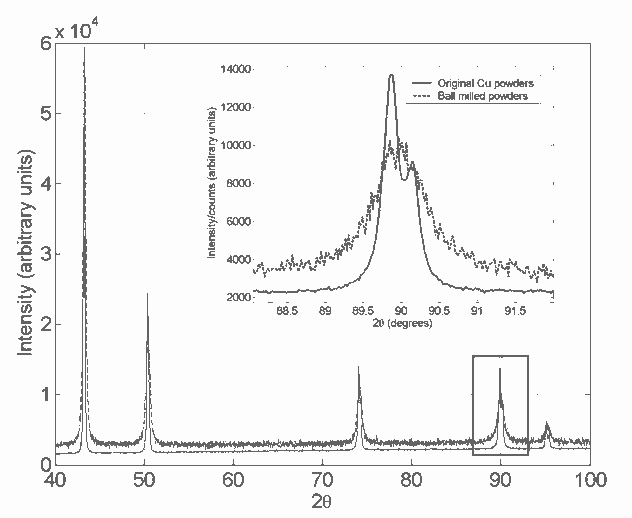
Fig.1 – XRD spectra of as received Cu powders and ball milled powders.
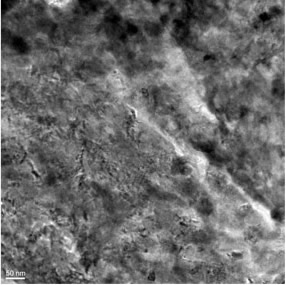
Fig.2 – TEM image of nanocrystalline discharge sintered copper
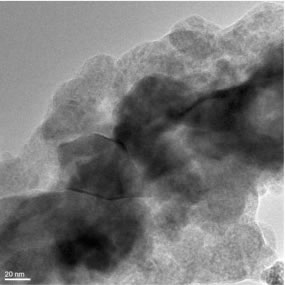
Fig.3 – TEM image of nanocrystalline discharge sintered copper at higher magnification
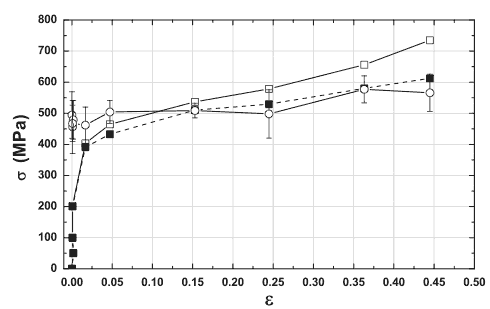
Fig. 4 – Stress-strain compression curve for nanocrystalline discharge sintered copper
When you combine materials with different properties and nature to obtain a combination of properties of the constituents you create a composite material. Metal matrix composites (MMCs) combine the conductivity, toughness and resilience obtained from the metals with hardness, high temperature stability, low coefficient of thermal expansion, stiffness or lightweight of the reinforcements. Typical MMCs are:
- Diamond reinforced abrasives for abrasive cutting
- Diamond reinforced metals for thermal management
- Hard metals for metalworking and mining
- Oxide dispersed strengthened (ODS) alloys for high temperature applications, welding tips and electrical contacts
- Short fiber reinforced metals for stiffness and lightweight structural applications
- Long fiber reinforced metals for aerospace applications
Fields of application:
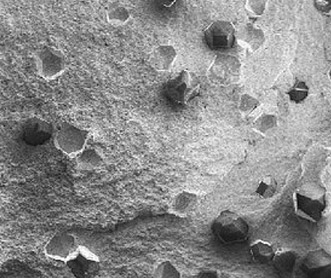
Powder metallurgy (PM) is a common production method for such composites. In EPoS we have extensive experience in diamond abrasives and hard metals.
Nickel Titanium Naval Ordinance Laboratory was discovered in 1958 and since then has becoming increasingly popular as material for a wide range of applications: from critical bio-medical stents and orthopedic implants to leisure sports items. The production of Nitinol has always represented a challenge caused by the segregation of phases and the need to accurately control the processing atmosphere to avoid titanium depletion.
With EPoS’ technology Nitinol can be easily processed to theoretical density in air without oxidation thereby allowing lean production of small simple components with reduced or no machining. Both super-elastic and shape memory grades can be produced either with or without a heat treatment after sintering.
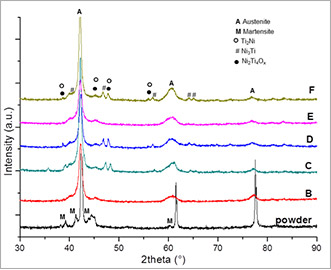
XRD spectra of Nitinol powders and ESFed components
One of the most common elements on Earth, iron combines, when properly alloyed, an impressive number of properties and qualities: strength, ductility, availability, versatility, machinability and all at an unbeatable price. Electro-sinter-forging technology is confort- able with iron alloys and a wide, yet far from conclusive, range of tests have been per- formed on:
- pure soft iron
- low alloy, 0% carbon, commercial iron powders
- AISI M2, DIN 1.3343
- Nano-crystalline AISI M2 high speed steel
- AISI H13, X40CrMoV5-1, DIN 1.2344
- AISI T15, DIN 1.3202
- TiC-reinforced AISI H13
Astaloy CrL
One of the most common and well known compositions for the production of steel through powder metallurgy, the Astaloy CrL (Fe-1.5%Cr-0.2%Mo) is a well known powder system by Höganas. The system has been recently put under evaluation by us and Politecnico di Torino to undercover the mechanical properties of electro-sinter-forged components and compare results with the tradition press and sinter. Transverse rupture strengths as high as 1600 MPa with a peak of over 1800 MPa were recorded on the electro-sinter-forged as sintered parts compared to the press and sintered samples with a density of 91% and 780 MPa of TRS.
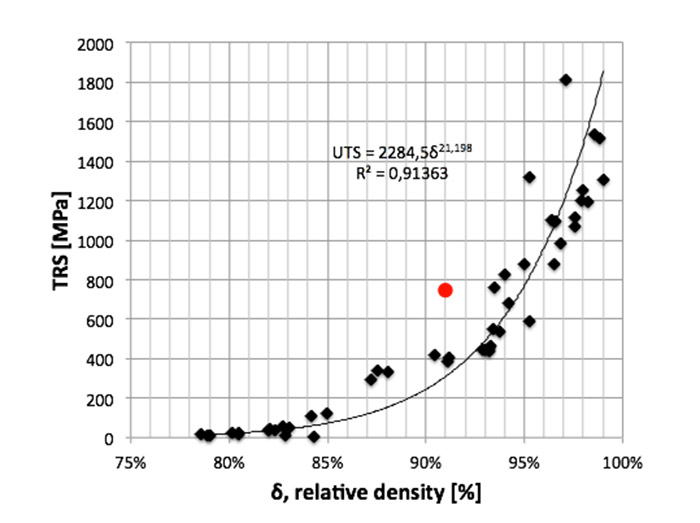
Figure 1 TRS versus density for electro-sinter-forged Astaloy CrL samples (black dots) versus press and sintered (650 MPa + 1240°C for 120 minutes with N2 backfilling)
Nano-crystalline AISI M2
A ferritic steel containing carbides with average size < 30 nm (see SEM image) and a grain size <100 nm (see XRD profile). The material was directly sintered from easy to handle ball milled nano-crystalline micro-metric powders with high flowability.
The as sintered state has an average HV0,5 of 700+/-30 HV and a density above 7,7 g/cc. The homogeneity of the sintered samples is shown in the graph below.
Typical applications: valve seats, cold working tools.
Publication:
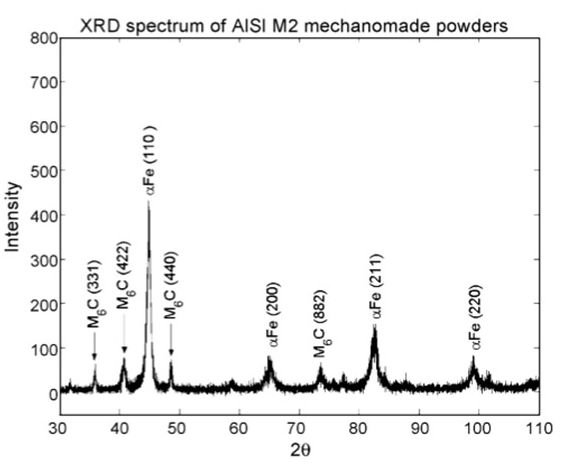
Figure 2 – XRD spectrum of an AISI M2 high speed steel obtained from mechanomade powders
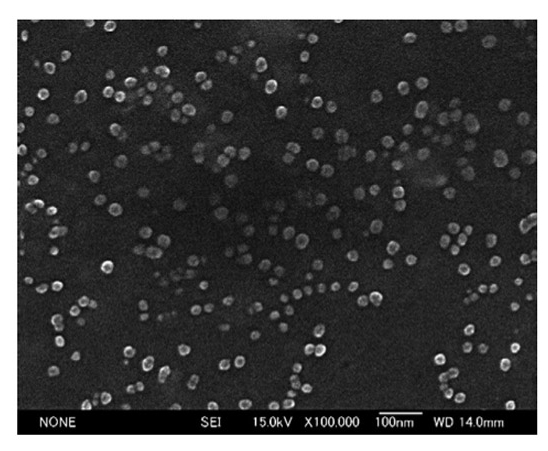
Figure 3 – SEM image of fine, homogeneous nanometric carbides in a nanocrystalline AISI M2.
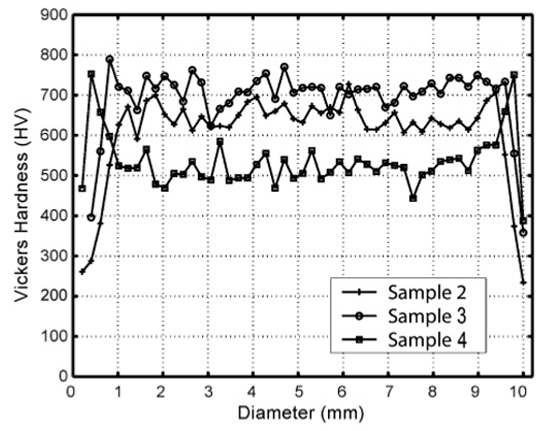
Figure 4 – Hardness profiles of different capacitor discharge sintered samples.
Known for their exceptionally high melting temperatures and extreme physical characteristics refractory metals play a fundamental role in a wide variety of applications. Dense, mechanically resistant to high temperatures and conductive they are a keystone of modern technology.
We have developed and manufacture traditional and novel materials and components for resistance welding with exceptional properties.
- Tungsten Copper – Data sheet – W-Cu
- Molybdenum – Data sheet – Mo
- Synaptite Grade 1 – Data sheet – Grade 1
- Synaptite Grade 2 – Data sheet – Grade 2
- Tantalum
- Iridium
- Ruthenium
Areas of application:
